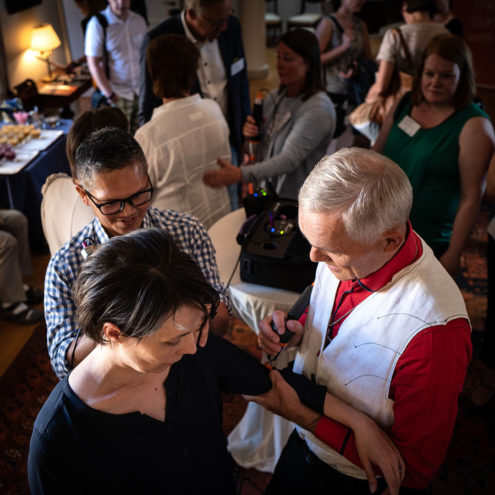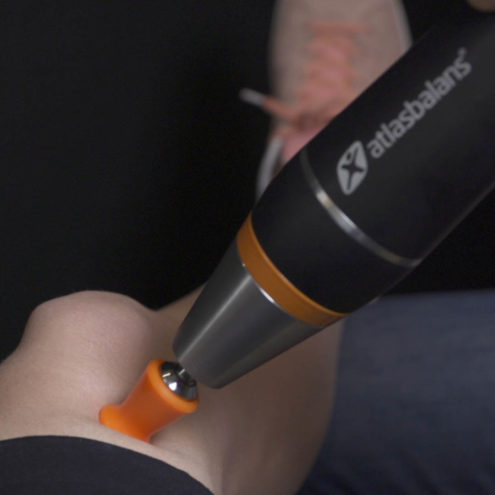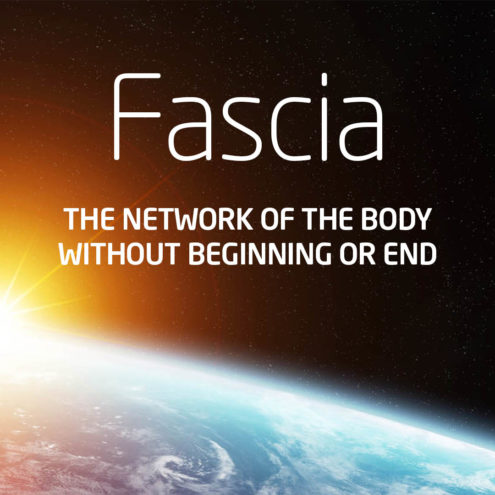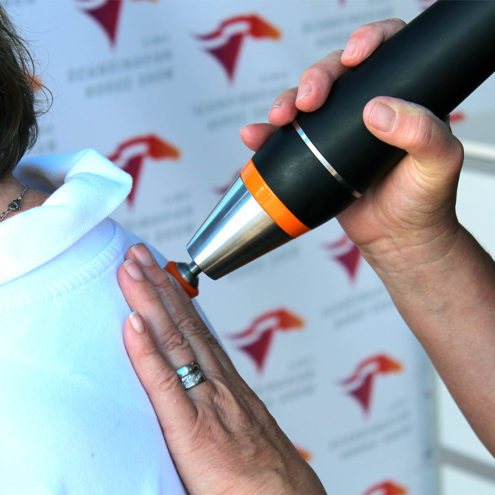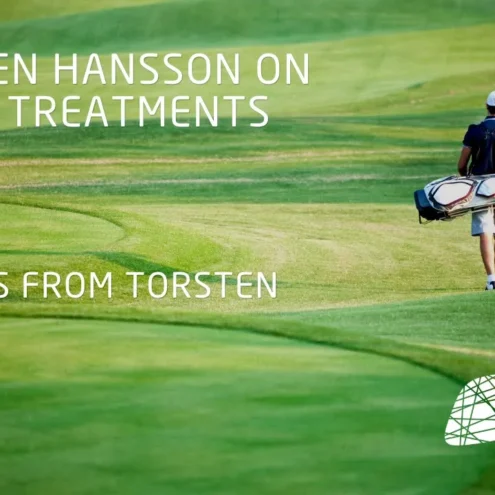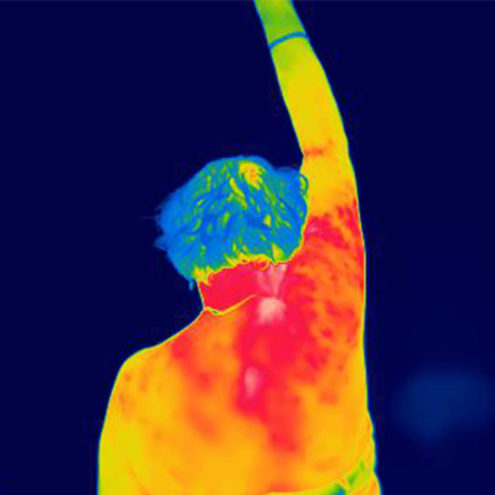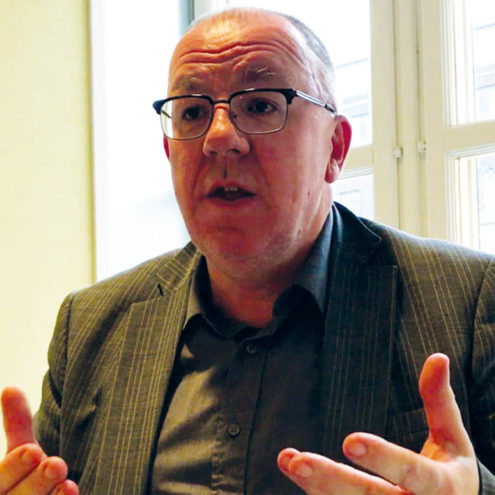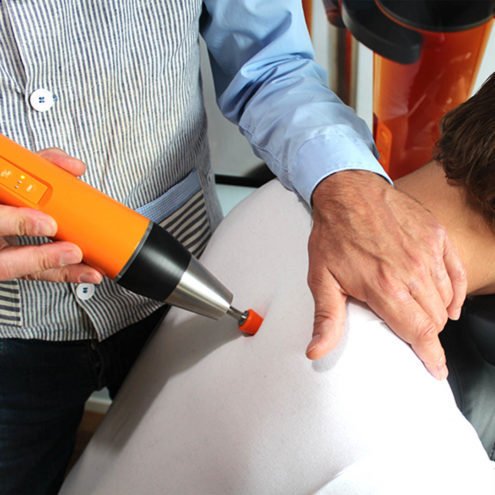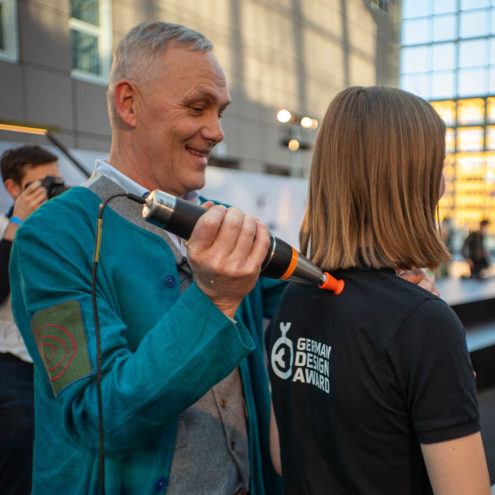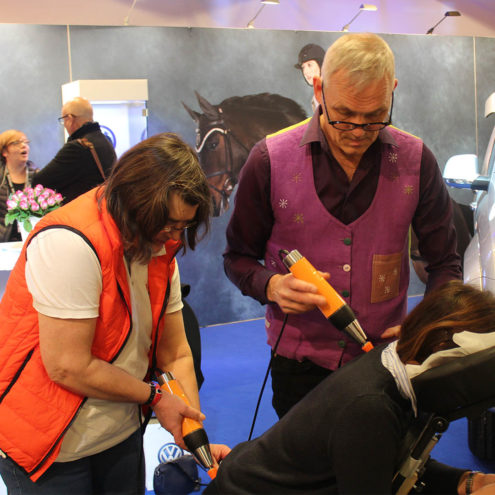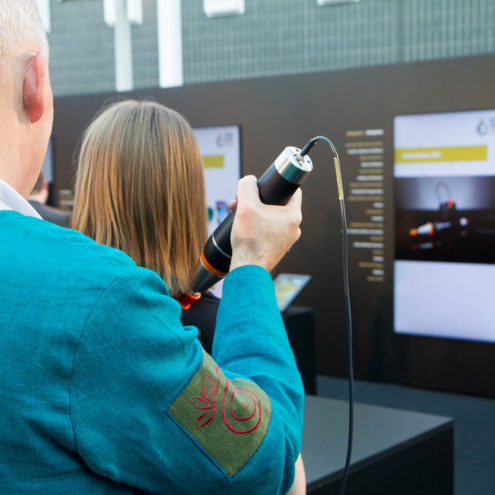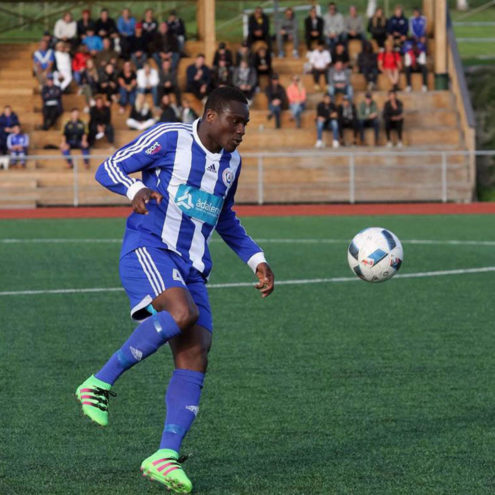Hip and back pain: causes, symptoms and treatments
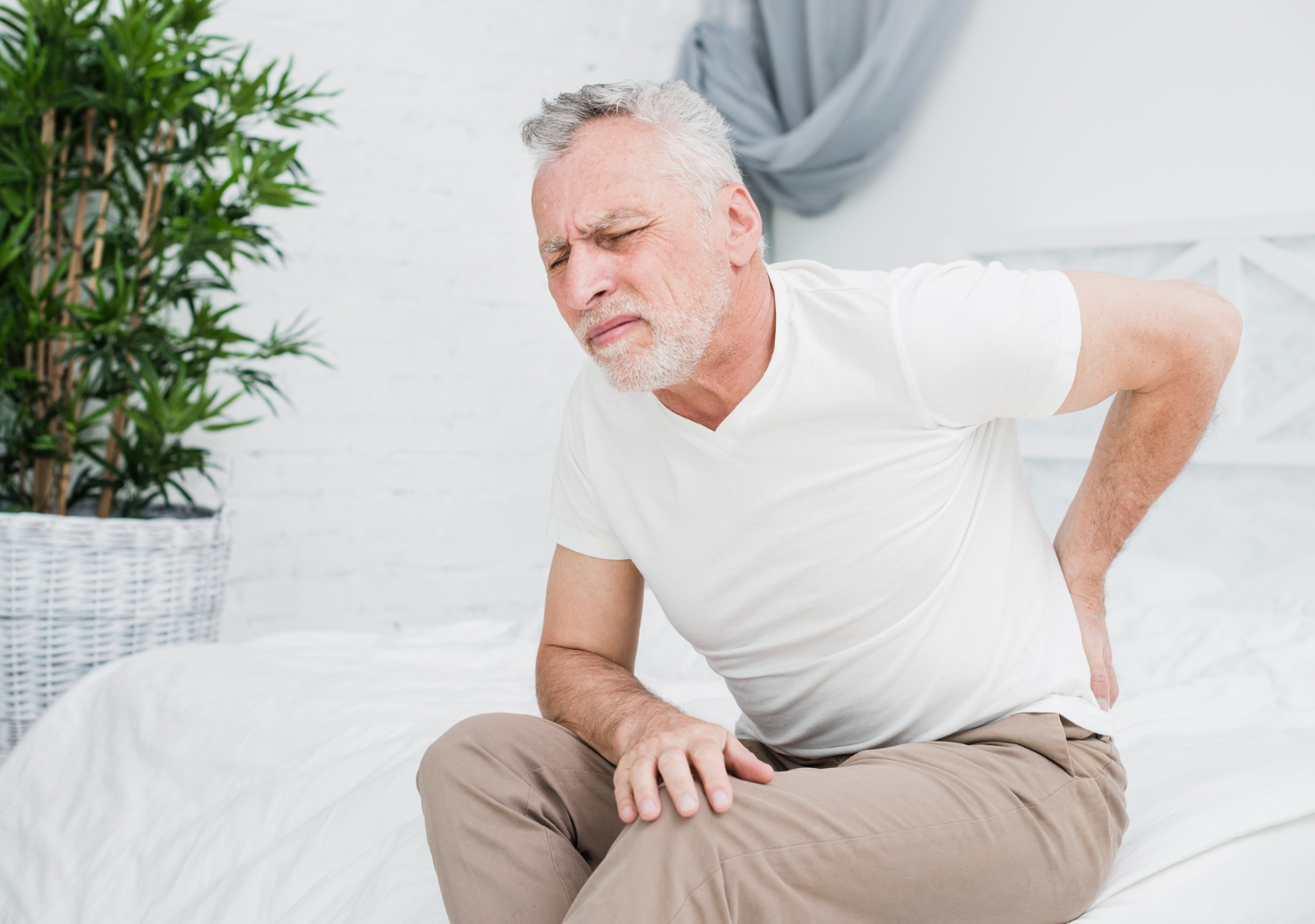
Hip and back pain is a common problem today and can have a major limiting effect on an individual’s quality of life. From daily activities and interests, to work and sleep, this type of pain problem can have a huge impact. Often the causes of the pain are multifaceted and complex.
In this comprehensive article, we will dive deeper into the various causes of hip and back pain, explore the symptoms these conditions can cause, and discuss how fascia treatment at Fascia Clinics can help with relief and recovery.
What is hip and back pain?
Hip and back pain can manifest in different ways and can be due to a variety of factors. It is important to understand the underlying anatomy of these two areas and how they are interconnected to gain a better understanding of the nature of the pain.
Definition and common causes
The hip and spine regions are central parts of the musculoskeletal system, supporting and allowing us to move. The hip joint is a ball-and-socket joint that has a large range of motion, a full 360 degrees, while the spine consists of a series of vertebrae that protect the spinal cord and support much of our body weight. The vertebrae have facet joints that are positioned in different planes, which means that movements occur differently in the different segments.
Hip and back pain can be caused by a number of factors, including:
Overexertion and strain injuries: People who perform repetitive movements or heavy lifting can suffer injuries to muscles and ligaments.
Sedentary lifestyle: Long periods of sitting can lead to weakening of the back and hip muscles, resulting in poor posture and pain.
Degenerative changes: With age, the joints and disks in the back can start to break down, leading to conditions such as osteoarthritis and disk degeneration.
Trauma: Falls, accidents or sports injuries can cause acute damage to the hip or back areas.
Why do you get pain in your hip and back?
Specific causes of the pain
Inflammations such as coxitis and trochanteritis: Coxitis refers to inflammation of the hip joint, while trochanteritis is inflammation of the bursa (mucus sac) of the hip, which can cause significant pain and discomfort.
Fractures and acute injuries: Acute injuries such as fractures or dislocations of the hip can lead to immediate and intense pain.
Osteoarthritis of the hip and back: This degenerative joint disease can cause breakdown of the cartilage in the hip or between the vertebrae, leading to pain and stiffness.
Muscle tears and strains: These can occur as a result of sudden movements, overexertion or as a compensation for other musculoskeletal problems in the body.
What is it a symptom of? What symptoms does it cause?
Hip osteoarthritis and its impact
Hip osteoarthritis is a condition where the cartilage in the hip joint gradually breaks down. This leads to symptoms such as pain and stiffness in the hip, which can radiate to the back and affect overall mobility. People may experience difficulties with everyday activities such as walking, going up or down stairs or bending down. Often, sleep can also be affected as the pain can worsen when pressure is put on the affected hip joint.
Specific symptoms related to hip and back pain
Symptoms can vary depending on the underlying cause, but the most common include:
Pain in the buttock or hip: it may be sharp, throbbing and persistent.
Pain radiating down the leg: This may indicate nerve compression or other neurological problems.
Stiffness and limited mobility: especially in the morning or after periods of inactivity.
Impaired posture and gait: Due to pain or stiffness, individuals may alter their posture or change the way they walk to minimize discomfort.
How can we at FasciaClinics help you?
At FasciaClinics, we specialize in seeing and treating the body from a holistic perspective. We perform fascia treatments, a highly effective treatment method that focuses on treating and maintaining the fascia in our body. Fascia is the network of connective tissue that binds and permeates everything in our body. All cells, tissues (even bone), joints, muscles and organs are surrounded by and contain fascia.
The fascia is also very rich in free pain receptors, known as nociceptors, which react to stimuli such as pressure, and send signals to the central nervous system where it is interpreted as pain.
Fascia treatment focuses on releasing tension and adhesions in the fascia and increasing its flow. This allows for improved mobility of the body with less pain and improved self-healing. Treatment for hip and back pain involves first examining the posture and balance of the whole body. An imbalance results in an uneven load that can be carried forward to overstress muscles and tendons, perhaps far away from the primary problem. An unbalanced pelvis can create an uneven load on the lower limbs which can lead to overuse and injury.
If you suffer from hip and back pain, fascia treatment can be an excellent complement to your recovery. The treatment is rarely painful and is often very pleasant.
 Search
Search

